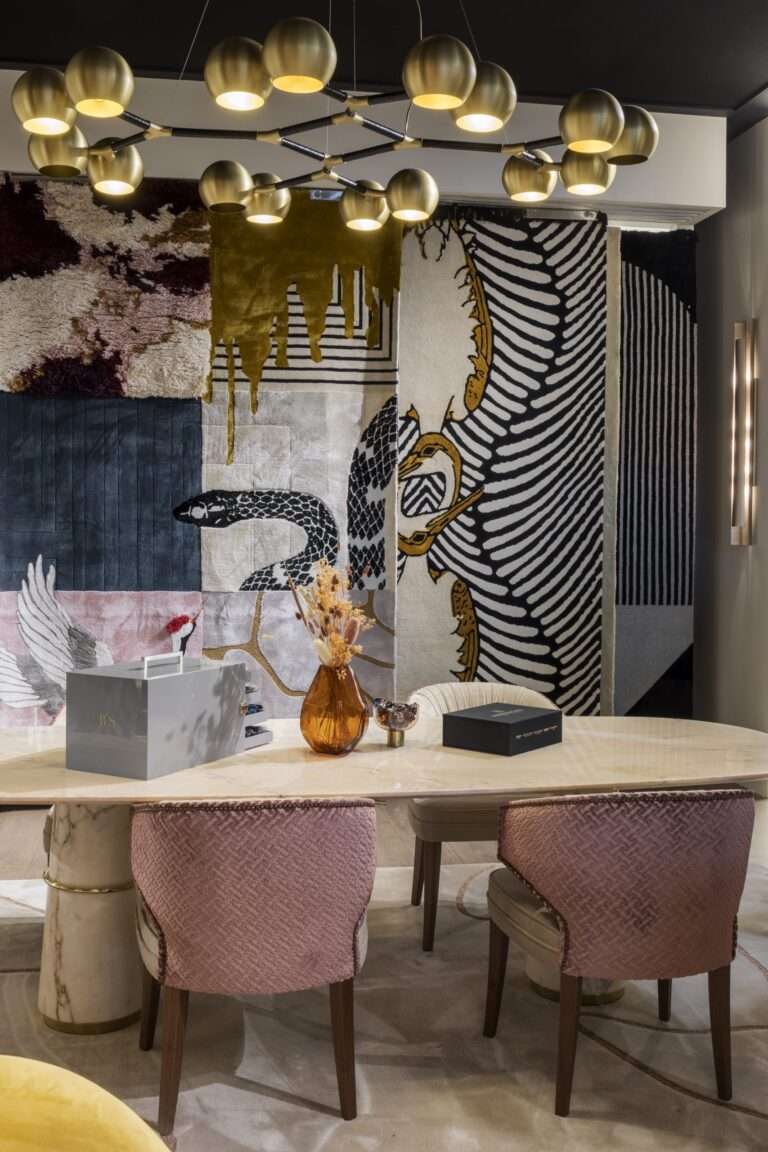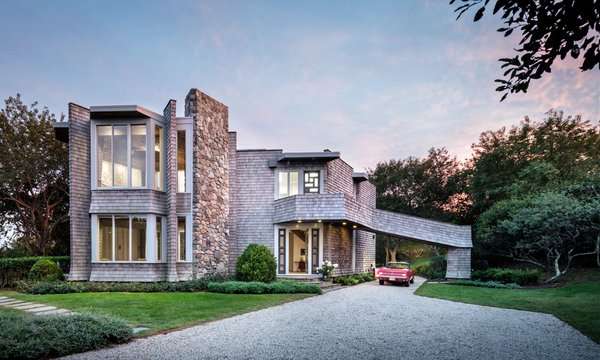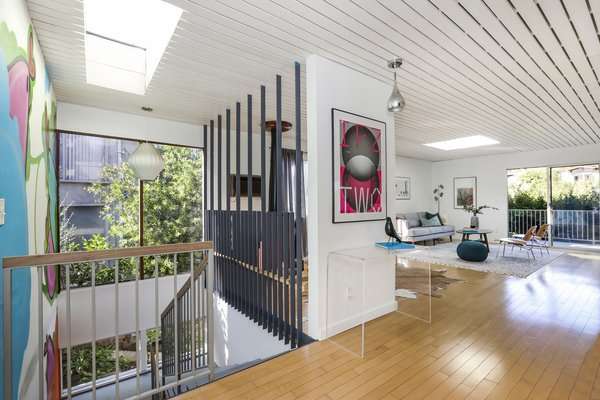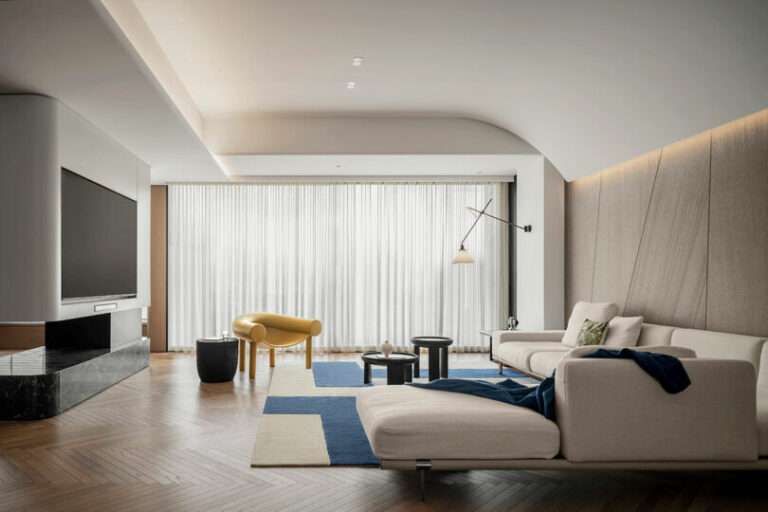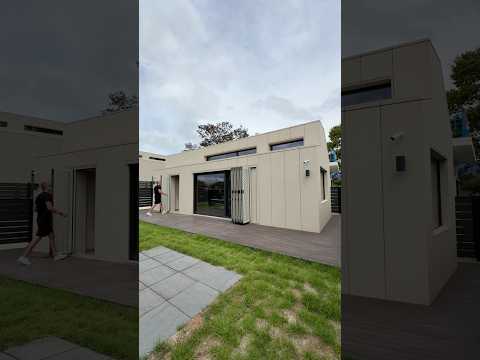Overlooking Park Avenue, the prewar 3,025-square-foot corner apartment features three bedrooms, five full baths, and a striking octagonal foyer.
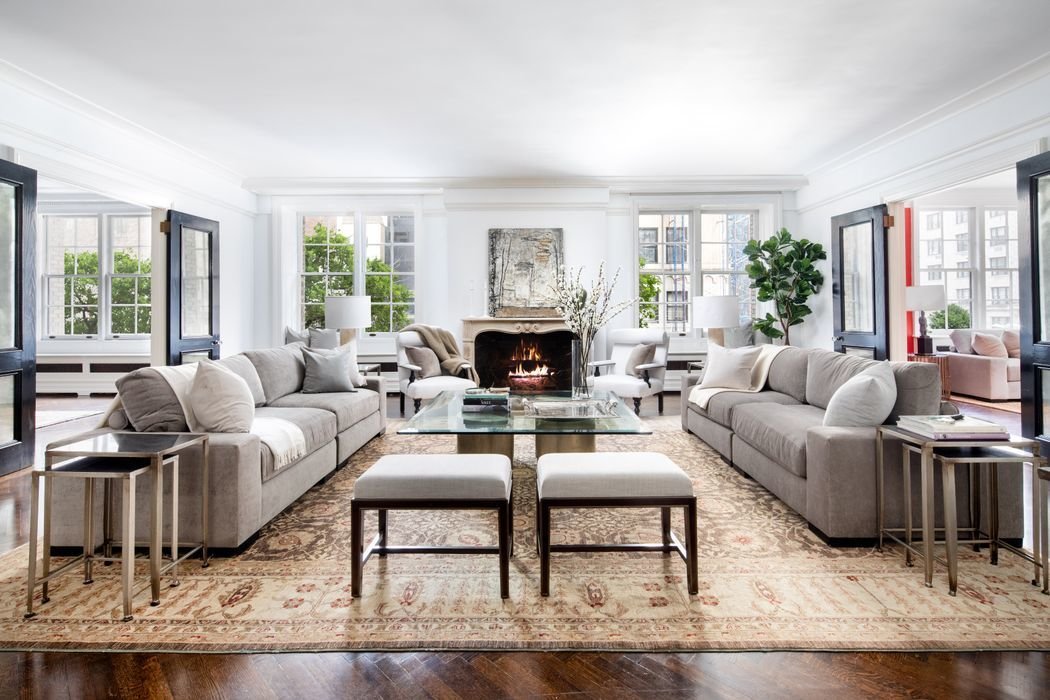
The Manhattan co-op that late fashion maven Kate Spade resided in before passing away last year is now for sale. The designer purchased the 3,025-square-foot apartment in 1999 with Andy Spade, her husband and business partner, for $2,675,000, as noted by the Wall Street Journal.
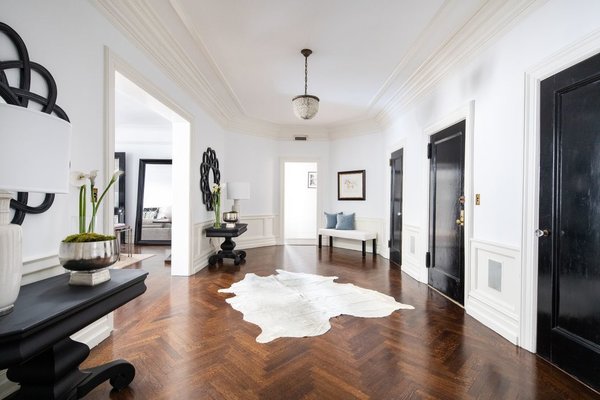
Sited at the corner of Park Avenue and 77th Street, the 3,025-square-foot apartment features an elongated, octagonal foyer with 10-foot-high ceilings and lustrous, herringbone-pattern original hardwood floors.
Photo courtesy of Sotheby's International Realty
Perched on the third floor of a fully staffed building which was originally built in 1914, the historic abode is conveniently located in the charming Lenox Hill neighborhood and is only two blocks from Central Park. Scroll ahead to see the light-filled property, currently listed for $6,350,000.
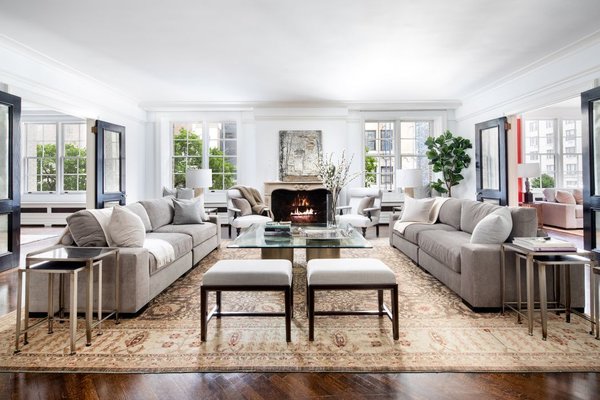
Just off the foyer is a luxe living room, which is anchored by expansive windows and a delicately carved wood-burning fireplace. The spacious area is flanked by a corner library and dining room, creating a seamless flow of open space.
Photo courtesy of Sotheby's International Realty
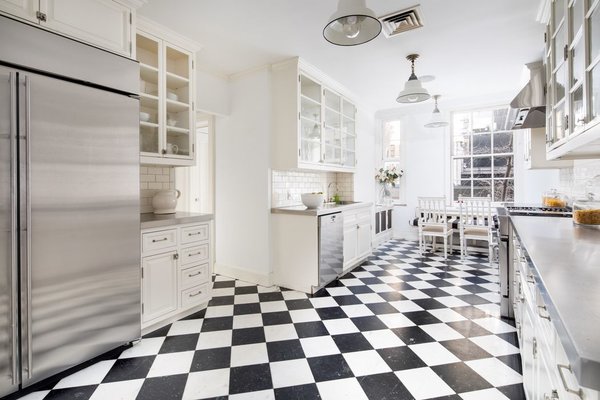
Featuring a timeless black-and-white marble checkerboard floor, the eat-in kitchen receives an abundance of natural light thanks to its huge, six-over-six pane sash window.
Photo courtesy of Sotheby's International Realty
See the full story on Dwell.com: The Manhattan Home of Late Fashion Maven Kate Spade Lists For $6.35M
Related stories:
- Claim This Curvaceous L.A. Home by John Lautner For $1.6M
- Snag This Newly Revamped Joshua Tree Cutie For $390K
- Own the Longtime Home of Architects Louis Wiehle and Christopher Carr For $1.97M

